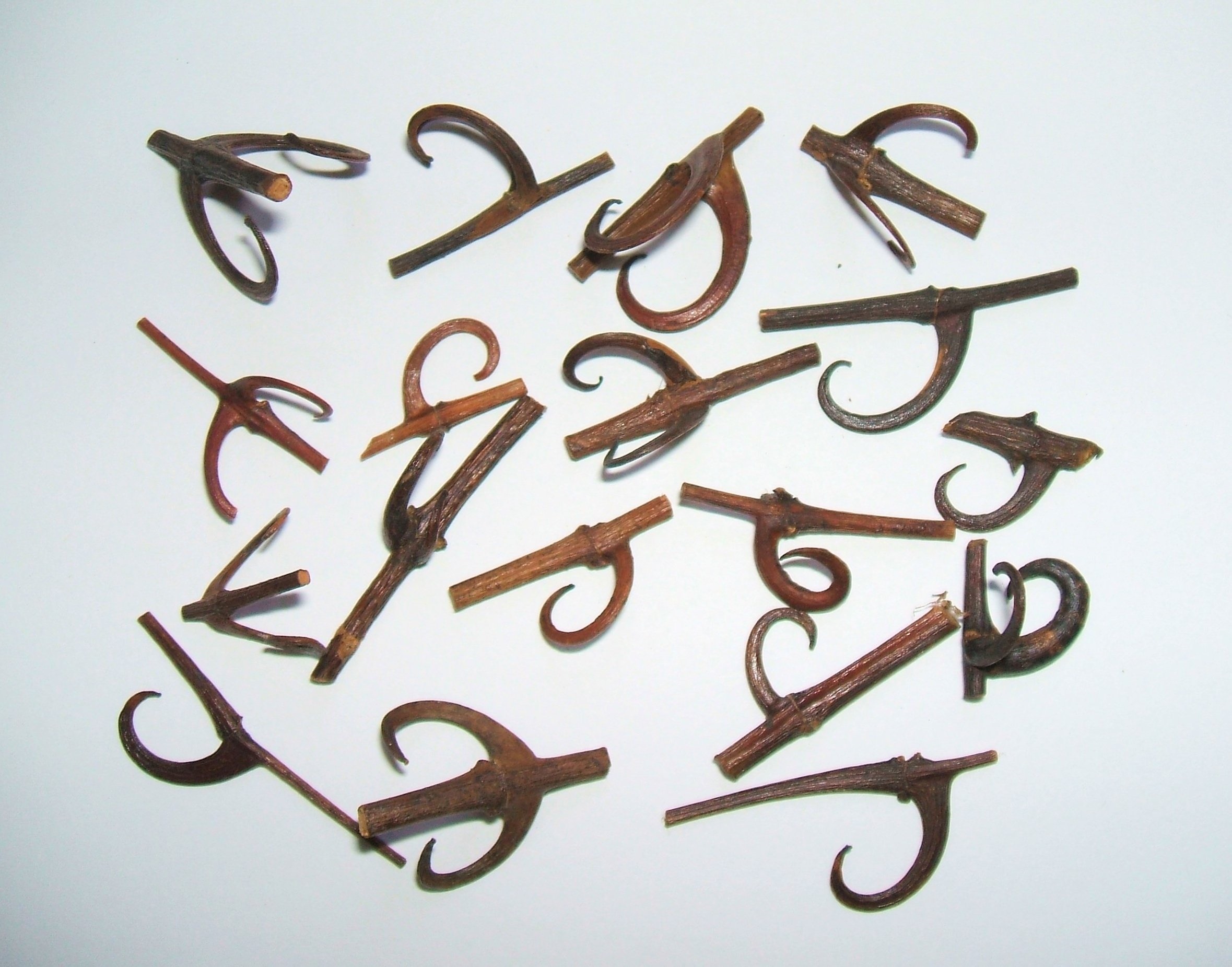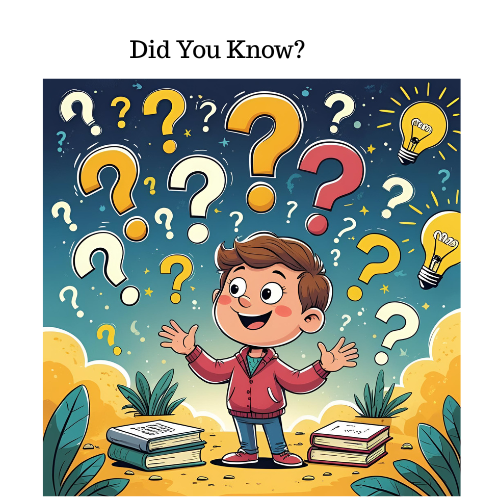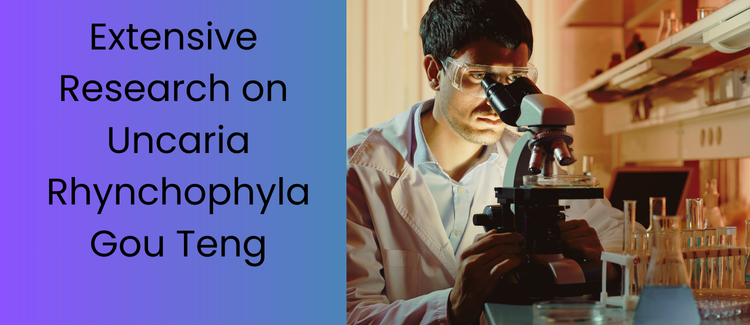

Gou Teng: The TCM Herb That Soothes the Mind, Calms the Body, and Supports Lyme Recovery
Welcome to Our Herbal Wellness Space
Feeling wired, wound-up, or mentally scattered? Gou Teng, also known as Uncaria rhynchophylla or Gambir Vine Hook, might be the herbal calm you never knew you needed.
Used in Traditional Chinese Medicine (TCM) for centuries, Gou Teng is best known for its ability to settle internal wind, calm tremors, and soothe the mind. If you’ve been struggling with stress-induced tension, poor sleep, or neurological imbalances, this little-known herb may be your ally.
 But its power doesn’t stop there. Gou Teng has become increasingly valuable in Lyme disease recovery protocols—especially for those dealing with nervous system involvement. Many people with chronic Lyme experience symptoms like brain fog, nerve pain, insomnia, dizziness, and muscle twitching. In TCM terms, this reflects what’s called internal wind and Liver Yang rising—exactly the patterns Gou Teng helps correct.
But its power doesn’t stop there. Gou Teng has become increasingly valuable in Lyme disease recovery protocols—especially for those dealing with nervous system involvement. Many people with chronic Lyme experience symptoms like brain fog, nerve pain, insomnia, dizziness, and muscle twitching. In TCM terms, this reflects what’s called internal wind and Liver Yang rising—exactly the patterns Gou Teng helps correct.
Whether you're managing neurological symptoms of Lyme, trying to regain focus and balance, or just need a break from the overstimulation of modern life, Gou Teng offers gentle, targeted support.
Let’s explore how this calming vine works, how to use it properly, and why it’s gaining popularity in both ancient medicine cabinets and modern Lyme healing journeys.
What Is Gou Teng?
Chinese Name: Gou Teng (鈎藤)
Botanical Name: Uncaria rhynchophylla, Uncaria macrophylla
Common Name: Gambir Vine Hook, Cat’s Claw Hook Vine (not to be confused with South American Cat’s Claw)
Taste & Nature: Sweet, Slightly Cold
TCM Category: Extinguish Wind and Stop Tremors
Meridians Entered: Pericardium, Liver
Why Gou Teng Is So Important for Busy, Stressed Lives
In today’s overstimulated world, many of us live in a constant state of tension. Think tech burnout, sleep deprivation, irritability, and that ever-spinning mental hamster wheel.
According to TCM, this is often a sign of Liver Wind rising, a condition related to stress, overstimulation, and yin-blood deficiency. Gou Teng gently addresses this by:
Calming overactive Liver Yang
Clearing internal wind (spasms, tremors)
Cooling the system without sedating
This makes it a great match for people with:
Hypertension-related headaches
Irritability and restlessness
Twitching or spasms
Neurological tension
Overwork-related sleep disruption
And the best part? It works subtly but effectively, making it a preferred herb in formulas for Parkinson’s, epilepsy, migraines, and children with febrile seizures.
Health Benefits of Gou Teng
| Benefit | How It Works (TCM + Modern Insight) |
|---|---|
| Calms tremors & spasms | Expels Liver Wind and relaxes sinews |
| Reduces high blood pressure | Subdues Liver Yang and mildly dilates vessels (scientific backing) |
| Supports neurological health | Used in Parkinson’s research; rich in alkaloids affecting CNS |
| Improves sleep quality | Calms Shen (spirit), reduces mental agitation |
| Helps with migraines | Clears heat and wind from the head |
Chinese Medicine Perspective: Calming the Wind
In TCM, internal wind stirs when Liver Yin or Blood is deficient—causing symptoms like dizziness, vertigo, spasms, and tension. Gou Teng’s role is to:
Anchor Yang so it doesn’t flare upward
Expel Wind, preventing internal chaos
Protect the Shen (spirit), supporting calm and clarity
This makes it especially helpful in formulas like Tian Ma Gou Teng Yin, often used for tremors, headaches, and neurological conditions.
How to Use Gou Teng
How to Use Gou Teng (Uncaria rhynchophylla)
| Method | How to Prepare | Best For | Tips & Notes |
|---|---|---|---|
| Decoction (Tea) | Simmer 6–12g in water for no more than 15 minutes | Neurological tension, insomnia, restlessness | Add Gou Teng at the end of the decoction to preserve its volatile compounds. |
| Powder | Take 1–3g daily mixed in warm water or herbal tea | Daily maintenance, travel-friendly use | Look for lab-tested, finely ground powder. |
| Tincture / Extract | Take according to bottle directions (commonly 30–60 drops, 2–3x/day) | Fast-acting calm, combo formulas | Great for use with Tian Ma and Bai Shao in nervous system blends. |
| TCM Formula | Commonly included in formulas like Tian Ma Gou Teng Yin | Tremors, dizziness, migraines, high blood pressure | Best when guided by a licensed herbalist. |
| Capsules/Tablets | Follow manufacturer’s directions (often 500–1000 mg per capsule, 2–3x/day) | Convenient daily use for long-term support | Choose a reputable TCM brand with 3rd-party testing. |
Pro Tip: Gou Teng should be added last when cooking decoctions—boil no more than 10–15 minutes to preserve efficacy.
Check out of page on How To Use Herbs, a step by step information guide.
Recipe: Easy Gou Teng Sleep & Nerve Tonic Tea
Ingredients:
10g Gou Teng
8g Ju Hua (Chrysanthemum)
6g Bai Shao (White Peony Root)
3g Gan Cao (Licorice Root)
Instructions:
Rinse herbs lightly.
Add to 3 cups water, bring to a boil.
Simmer gently for 15 minutes.
Strain and drink before bedtime.
This formula helps calm the mind, soothe irritability, and ease tension headaches.
Want More Calm-Boosting Herbal Recipes?
We’ve got calming formulas, teas, and blends to help restore balance in today’s stressful world. Contact us for custom support or to request our calming herb guide.
 FAQs
FAQs
Is Gou Teng safe long term?
Yes, when used as part of a formula. It’s gentle, especially for those with excess Yang or internal Wind.
Can I combine Gou Teng with other herbs?
Absolutely. It’s often used in neurological support formulas with Tian Ma, Bai Shao, and Shi Jue Ming.
Is it the same as South American Cat’s Claw?
No. Gou Teng is a different species. Don't confuse it with Uncaria tomentosa, which has different uses.
Does it help with tech overstimulation?
Yes—especially with screen fatigue, irritability, and that wired-but-tired state many modern people feel.
Where to Buy Gou Teng You Can Trust
Look for:
TCM-grade herb cuts
Lab-tested for heavy metals
Wild-crafted or sustainably farmed sources
Shop now at: 1stChineseHerbs.com/gou-teng see all froms below

References
Zhang, H. et al. "Neuroprotective effects of Uncaria rhynchophylla in MPTP-induced models." PubMed: PMC3113402
Liu, C. et al. "Anti-convulsant activity of rhynchophylline from Uncaria species." PubMed: PMC3709153
Wang, Y. et al. "Antihypertensive potential of Uncaria rhynchophylla: A review of mechanisms." PubMed: PMC6073405
Studies suggest Gou Teng’s active components—especially rhynchophylline—have neuroprotective, antihypertensive, and anticonvulsant properties:
Neuroprotection in Parkinson’s:
"Uncaria rhynchophylla protects dopaminergic neurons against MPTP-induced neurotoxicity" (PubMed: PMC3113402)
Anti-convulsive & calming:
"Rhynchophylline shows anticonvulsant and sedative effects in experimental seizure models" (PubMed: PMC3709153)
Blood pressure & CNS regulation:
"Potential antihypertensive properties of Uncaria rhynchophylla" (PubMed: PMC6073405)